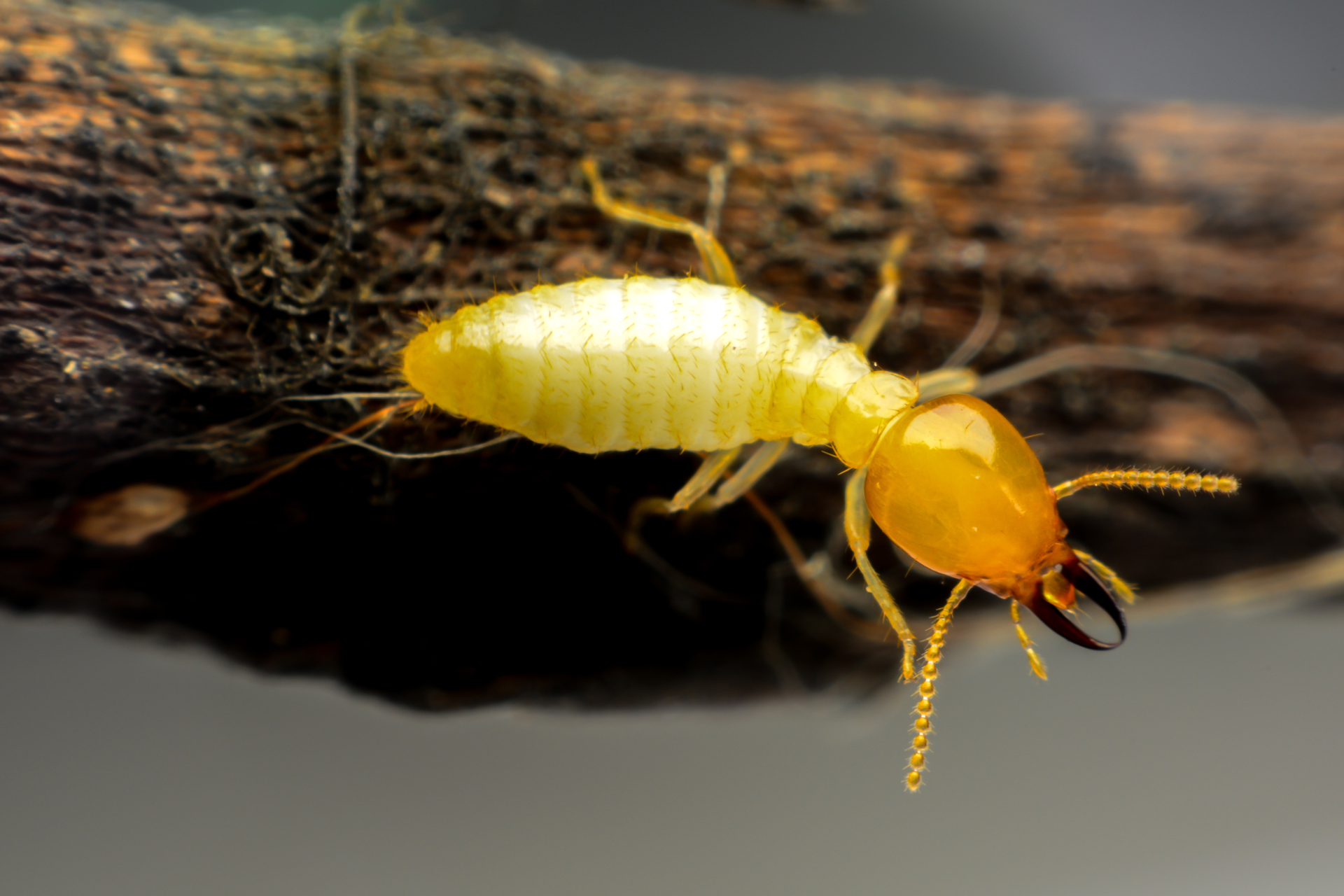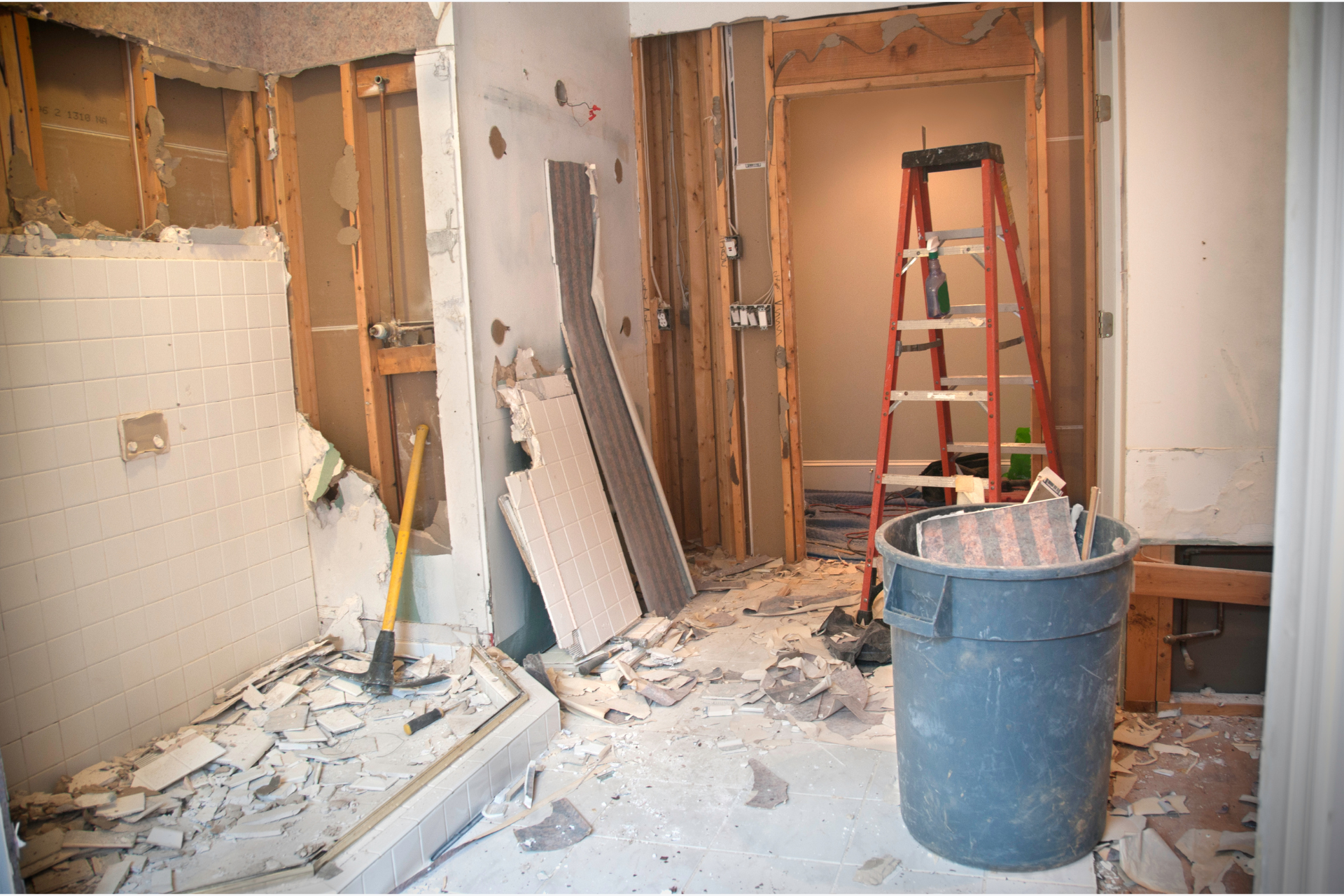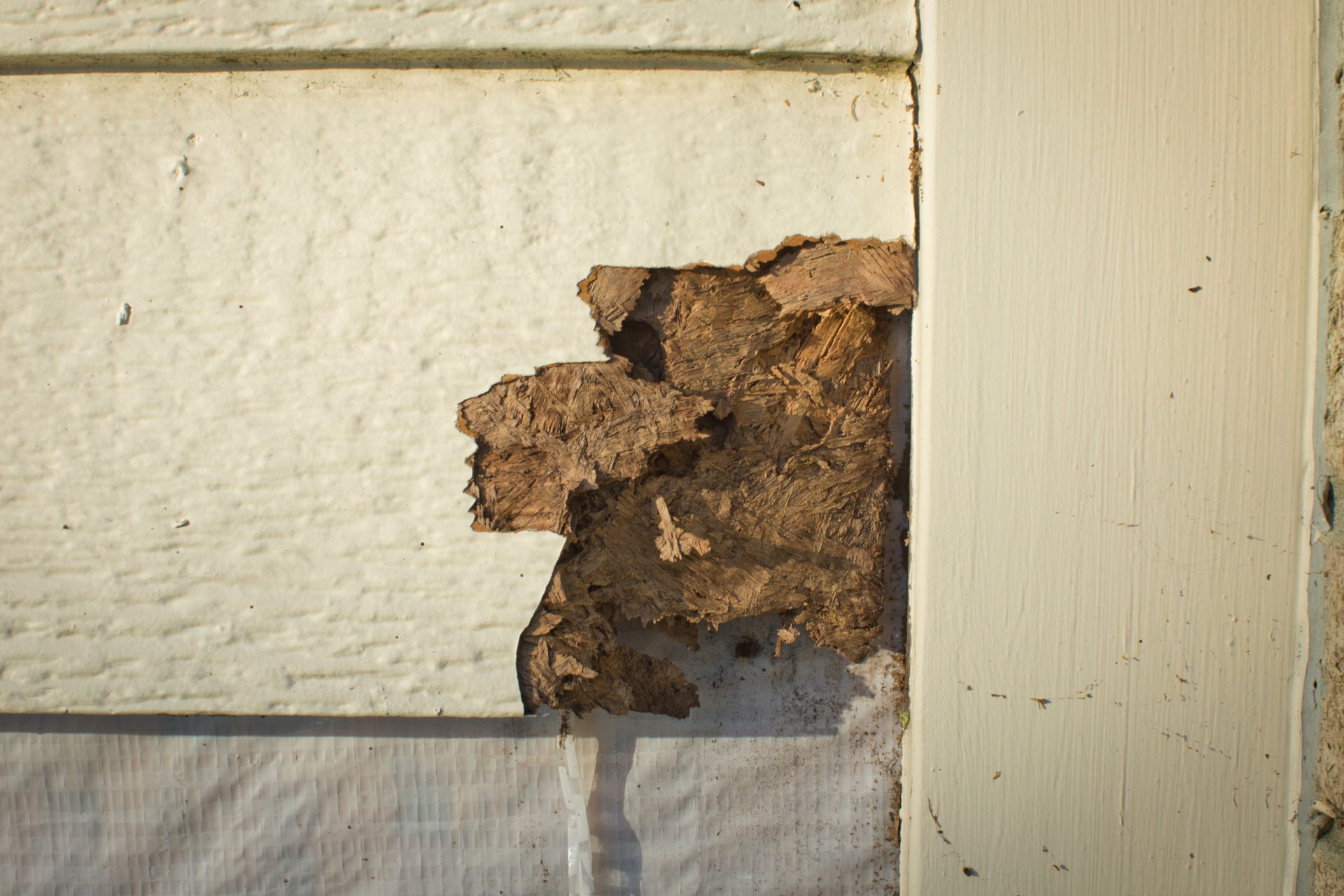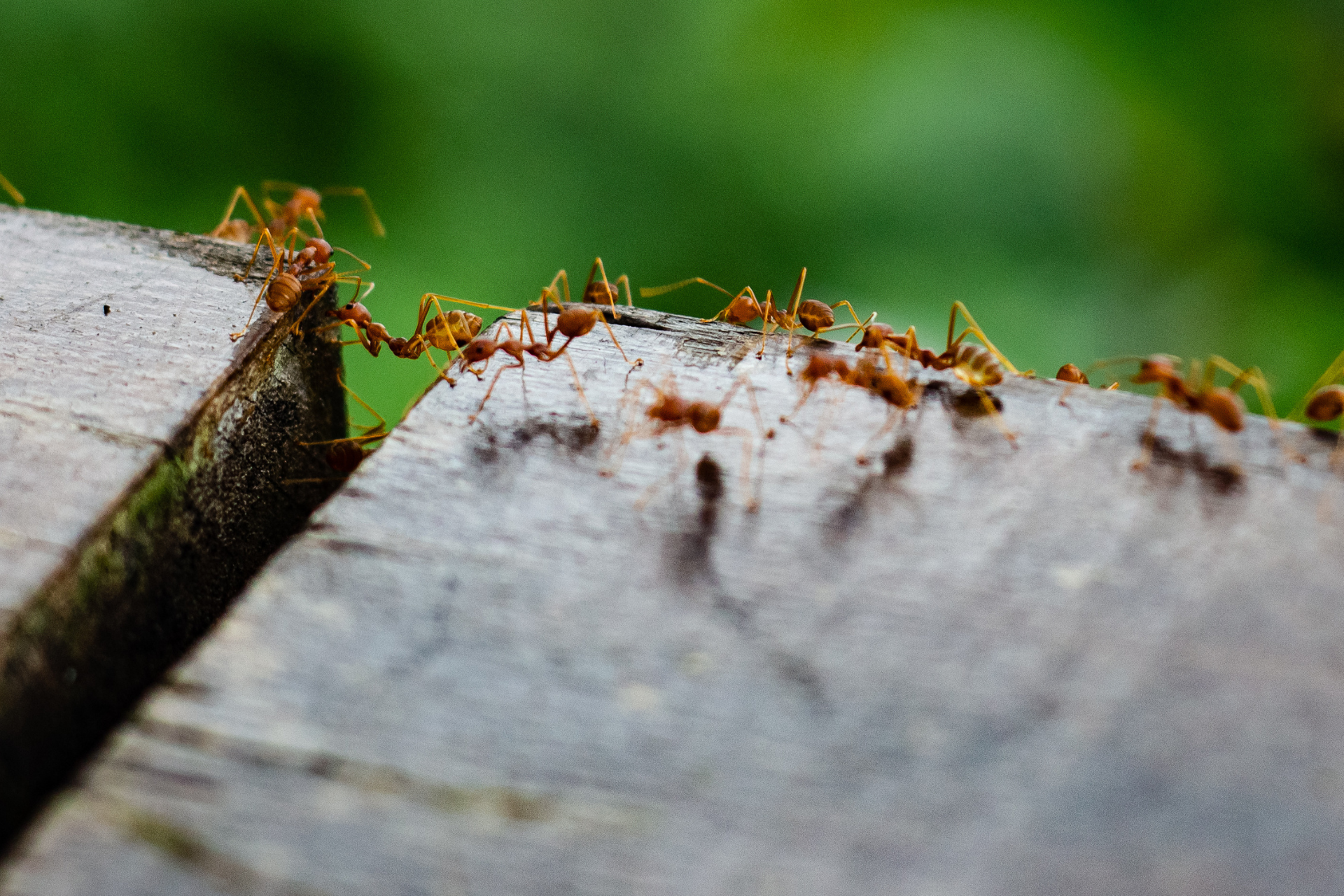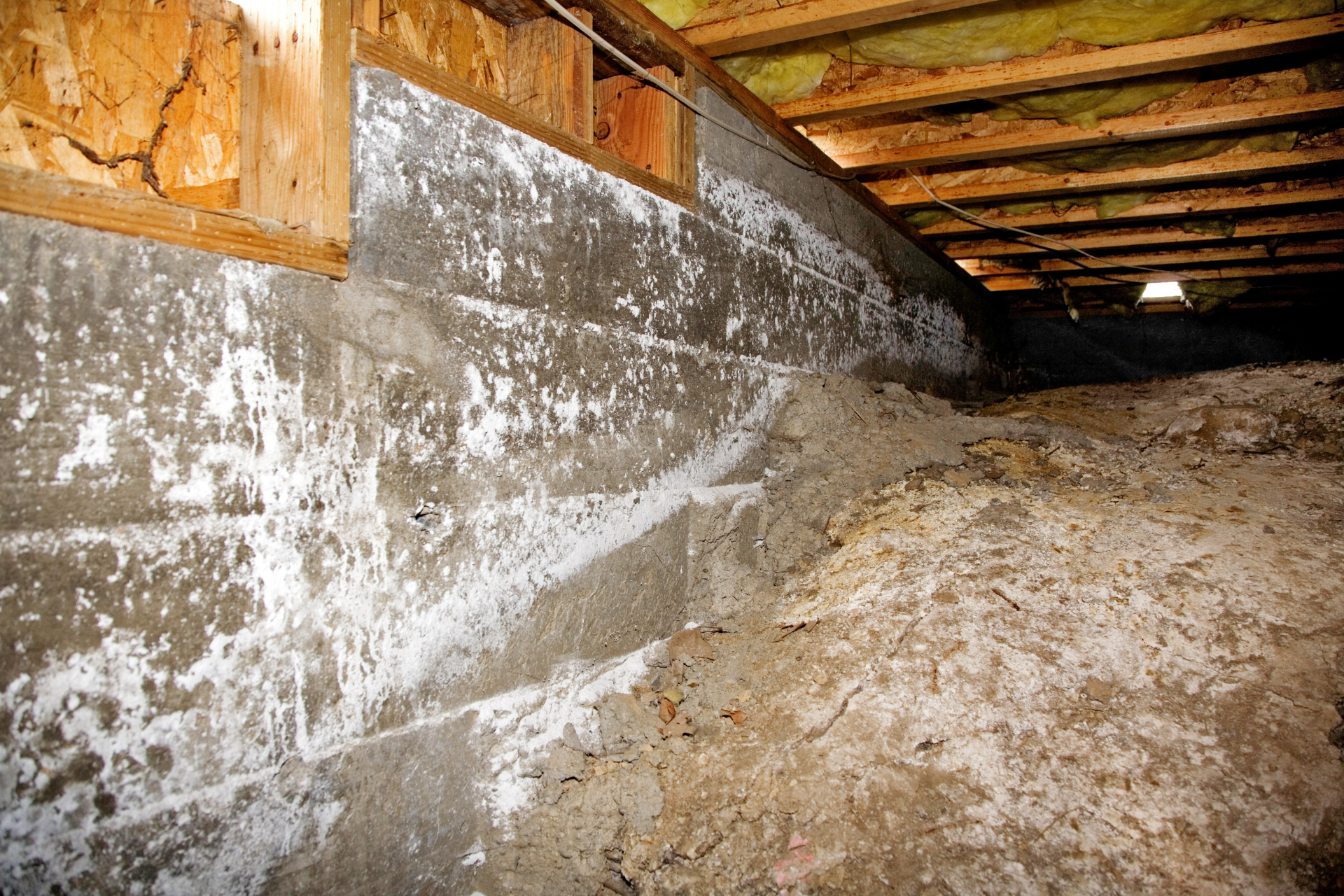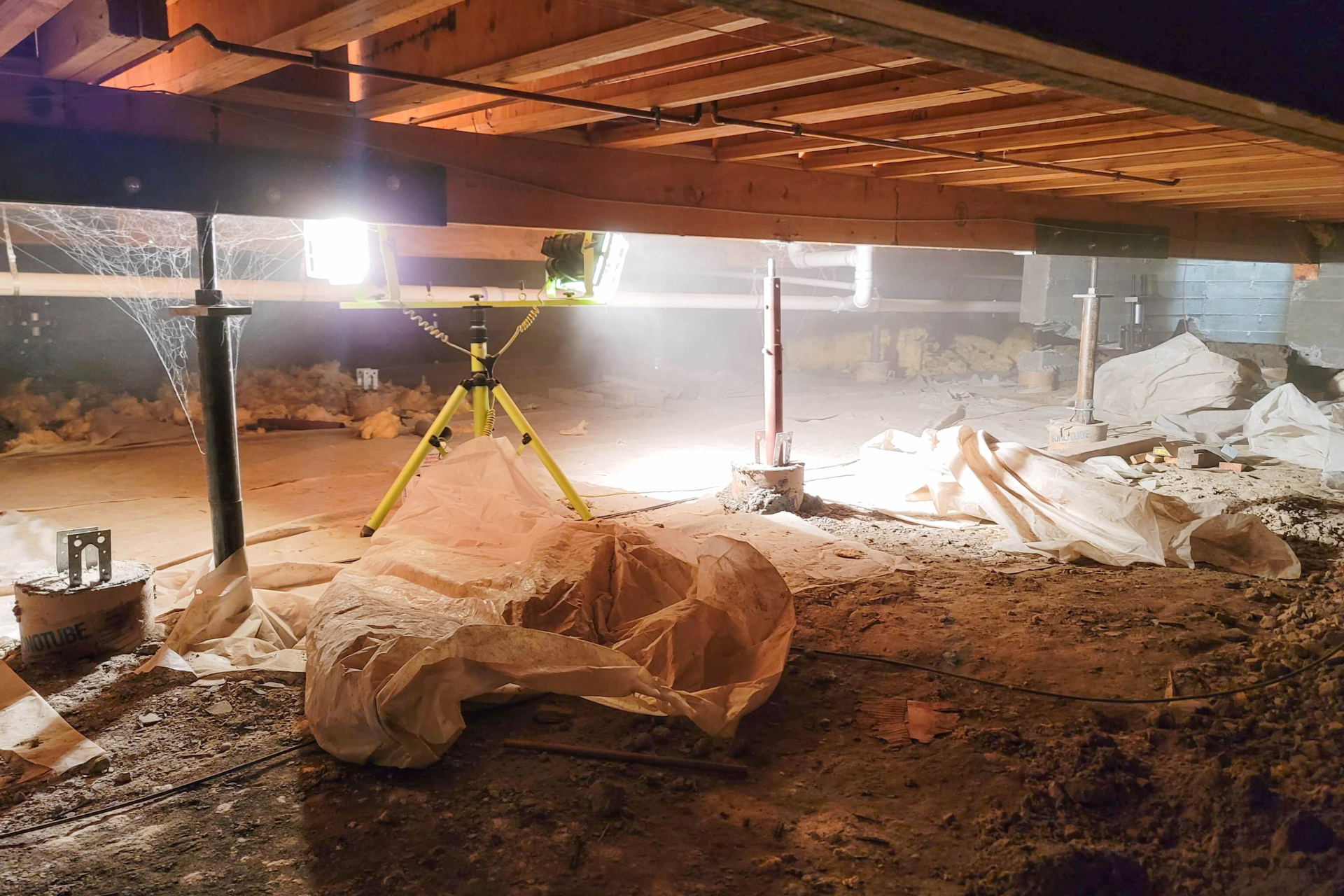What Can You Do To Keep Termites Away?
Termites are one of property owners’ greatest fears as they are the most damaging wood-destroying insect in the United States, costing home and business owners billions of dollars between prevention and treatment. Despite what some may think, having them isn’t a sign of a dirty home or a dilapidated neighborhood. The U.S. Department of Housing and Urban Development estimates one in every ten homes in older developments have termite issues, along with one in every twenty houses in newer neighborhoods.
In North Carolina, we deal almost exclusively with the subterranean variety. When property owners think of control, they likely picture a tented and tarped building covered up during fumigation. But when it comes to termite pest control, you can also take steps to prevent them from coming to your property in the first place.
The main prevention mode is early treatment during the construction of the building. As its name suggests, Subterraneans spend their time in the ground. They get into your house or business in places where wood from the building comes in direct contact with the soil. That includes door frames, beams and supports, and foundation or brick mortar cracks. Treating the soil, the foundation, and the wood regularly ensures the termites don’t start approaching the area. Even if they have an access point, the treatment can keep them too far away from discovering it.
Keeping them out can be especially difficult during swarm season. When the weather warms, they take to the air, spread out, find a mate, then lose their wings and create a new colony. Within no time, that colony can grow to include hundreds of thousands. Although that typically happens in the Spring, it can be triggered when the weather is warm enough, so you may see the winged ones if you keep your building on the toastier side. Right now, scientists are working on a way to stop them from swarming. Until then, however, it’s important to take precautions to make sure the termites aren’t especially attracted to your home.
Although they are most known for destroying wood, they’re after cellulose, a main component of the walls, foundations, door frames, and furniture. Cellulose is also found in books, carpets, sheetrock covering, canvas paintings, and more. And that’s just what they’re after at mealtimes; they’ll also burrow through material that isn’t cellulose-based to reach their destination. Pest control experts have discovered that plastic, insulation, and foam board are no match for insects.
It’s crucial to reduce attractants. Wood and soil should have firm barriers between them so that they don’t crawl from the ground to your building. Debris gathered near the home’s foundation should be cleared out. Get rid of rotting wood from tree stumps and yard waste, which can serve as a siren song to termites. It’s a good idea to keep mulch away from your home. That works out fine since flowerbeds, and gardens should also be far from the building. Landscaping should be well-trimmed, with trees and shrubs cut back a few feet from your property.
That said, certain plants dissuade termites from coming to your building. A study published in the National Library of Medicine found some plant extracts reduce the tunneling activities of some subterranean termites. Researchers have found garlic, lemongrass, vetiver grass, catnip, and marigold flowers are repellents. Some of that works because of natural chemicals within the plants, while some function because termites don’t like the smell. Garlic, however, seems to be especially effective, as scientists have discovered the bug dies when they come in contact with garlic extract.
A plumbing leak is bad news for home and business owners, not just because of the immediate headache but because the water-logged wood boards that result can attract termites. However, there are ways to ensure the wood in your building doesn’t get overrun with moisture. Plumbing issues, of course, should not be allowed to linger. Adding rain gutters can also direct water away from the foundation. Another major difference maker is improving the ventilation in your crawl space, ensuring humidity doesn’t build up and soak through the wood.
To protect your home from an infestation or need help dealing with one you already have, there is At Ease Pest Solutions. We understand how scary termites can be for home and business owners, but our years of expertise and commitment to our customers are something we hope can put them At Ease. Contact us today for an estimate for all your pest control needs.
Troutman Branch
694 South Main Street
Troutman, NC 28166
704.761.9697
